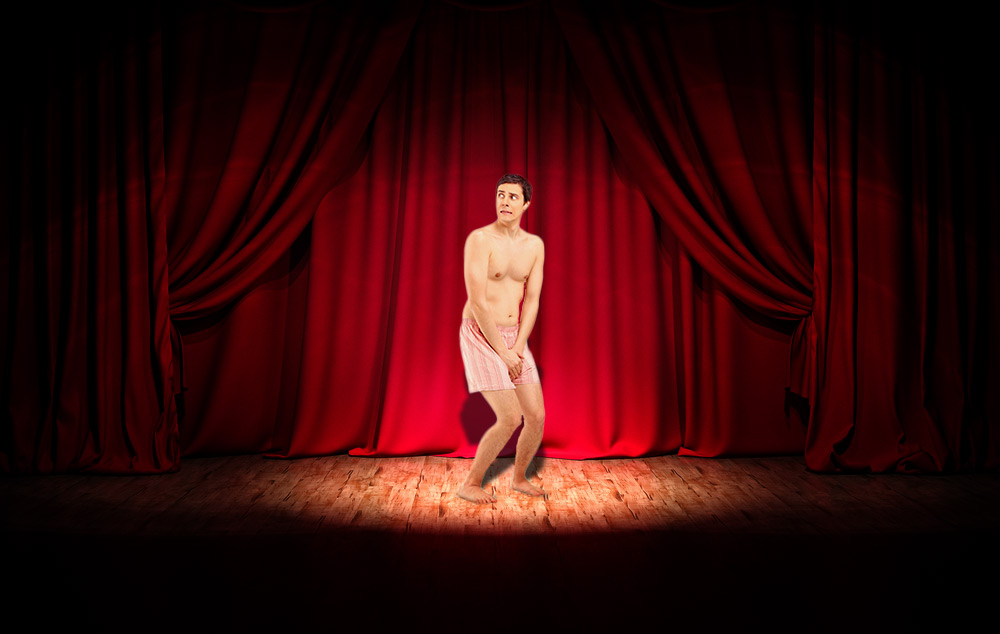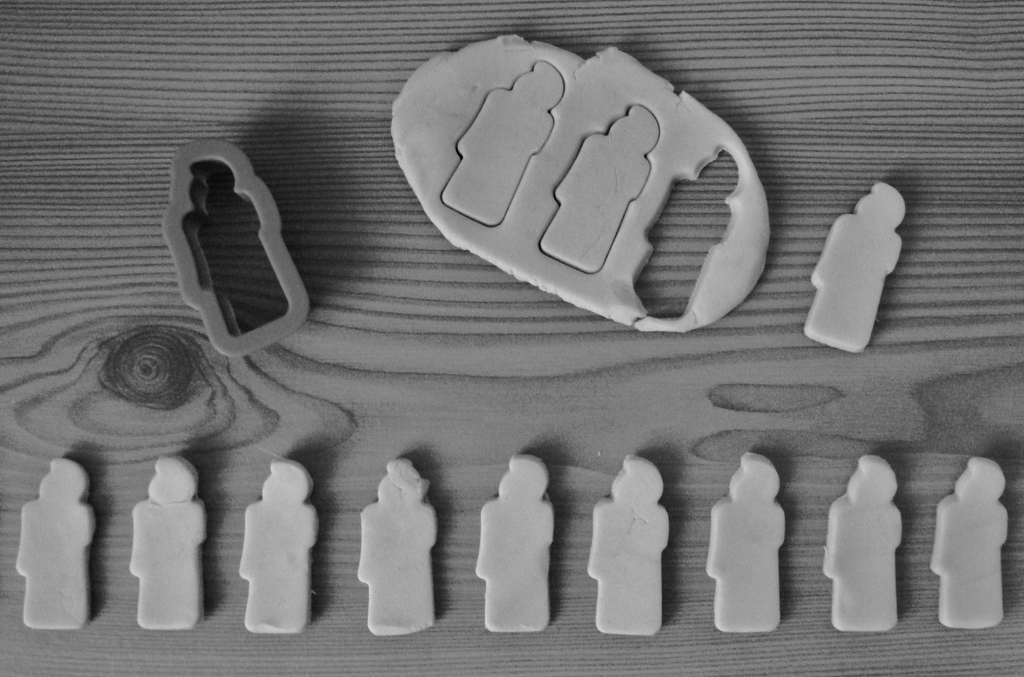
The “Why” of ArtFebruary 26th, 2013There are two categories of artists in every field of the arts. The first—well… Imagine this:At a new job, you’re handed a device that prints buttons (the pin-on kind with graphics and such) and the other workers show you how to use it—how to enter text and make it look nice, how to install the pin on the back and clean fingerprints off of the finished surface—but at no point do you inquire as to why you’re printing these buttons. No matter, you go to task practicing with this device, watching your colleagues and learning to match the best of their finished products, and after some time you’re making beautiful buttons yourself and have even grown to love the process of developing them, getting them just right every time; but what do they say? What is their content? A button is a tool with an active task, making a statement, but by not asking why you’re making these things in the first place, you’ve left yourself two options: copy the words of others or print something random, something cute. This situation produces what I call junk art, as lacking in value as fast food. It looks like a taco, but that’s not beef in there. Junk artists truly enjoy spending their time painting, acting, writing—creating stuff. But without asking themselves why they create, their work lacks purpose. Not surprisingly, their spirit for creating, unsupported by any purpose or mission beyond their own entertainment, tends to fizzle and die. Sometimes it works here and there…you can totally go fishing blindly with a rifle and eventually get something, but until then you’re just filling the pond with bullets and leaving less room for the fish. Why is there so much junk art?One reason for the overcrowding of artists in this category is the fact that, with the majority of our nation’s citizens living first-world-style lives, there are a lot of people with a wealth of time and outsourced money available for supporting their personal junk art habits. Another reason is the unfortunate fact that the “why” cannot be taught. It can be told, but not taught. I can—and do, clearly—share my reasons for creating, but only for the purpose of developing and maintaining a record of my own manifesto, as well as sharing my vocabulary with others in my place who are making their own efforts to understand the “why” of their work; however, these words have little to no effect on junk artists who refuse to learn or grow, those simply fixated on making shinier and rounder buttons with no meaning, no need, no reason. Who am I to be spouting all this?The reason I can speak with such certainty about this creative divide is that I used to be a ragingjunk artist. I was so afflicted that I went so far as adopting and restating other actors’ answers to the “why” of theatre and acting without really, fully understanding the origin of the words I was repeating. The Player company at Barter when I first got here would talk about “changing lives and saving the world,” and vice versa, a notion that I’ve only really begun to grasp over the last year in my own terms, but at the time, I proclaimed it alongside them simply as a ploy to make my buttons match theirs. Didn’t work. Surprise, surprise. Here’s the deal: if you’re not creating for any real purpose, then you might as well be a Xerox machine, copying at surface level others’ ideologies without the ability to back them up. You water down the field of art such that it’s impossible to know upon going to a play or a gallery whether it’s even worth leaving the house. Had I not begun searching for answers to the “why,” my abilities to embody effective characters would not have begun growing, not a single iota, and I would be little more than a bad facsimile of an actor. It’s a difficult and demanding process, but that’s what art requires. If the work is easy, or capable of becoming easy, chances are it’s worthless. A historical, real-world example:Junk art is so worthless that even when all the money of mid-19th century France was thrown at its development with the government-run Salon supporting only the work of artists replicating the style and subject of old masters, the paintings of a small group of artists who insisted on studying the “why” in addition to the “how” still outlived, thrived and changed the world by holding up a mirror to society and sharing truth. These men were Monet, Renoir, Bazille, Manet, Cezzane, Caillebotte, and Degas, chiefly. They were fully capable of replicating to perfection the work of old masters, but they insisted on following a purpose, a mission based in truth, and the world really is a different place because of them. The purpose of art is not to have your name remembered, but it is about saving the world and changing lives, saving lives and changing the world. We remember their names only as a result of that which they accomplished. Their paintings were not the shiniest buttons in town, but they were the most meaningful. Don’t let yourself off the hookIf you have skill as an artist, a creative, then you have the potential to change the world, but the only way to know what the world needs from your art is to ask why individuals are drawn to it in the first place, what are they seeking? It’s not entertainment. I’ve said it before: tic-tac-toe is entertainment and no one is going to dress up and take their loved one out for dinner and an expensive game of tic-tac-toe. There’s a reason we surround ourselves with art, with music and books and movies and plays, and it’s not about passing the time. It it were, then content wouldn’t matter, but it quite clearly does. |









